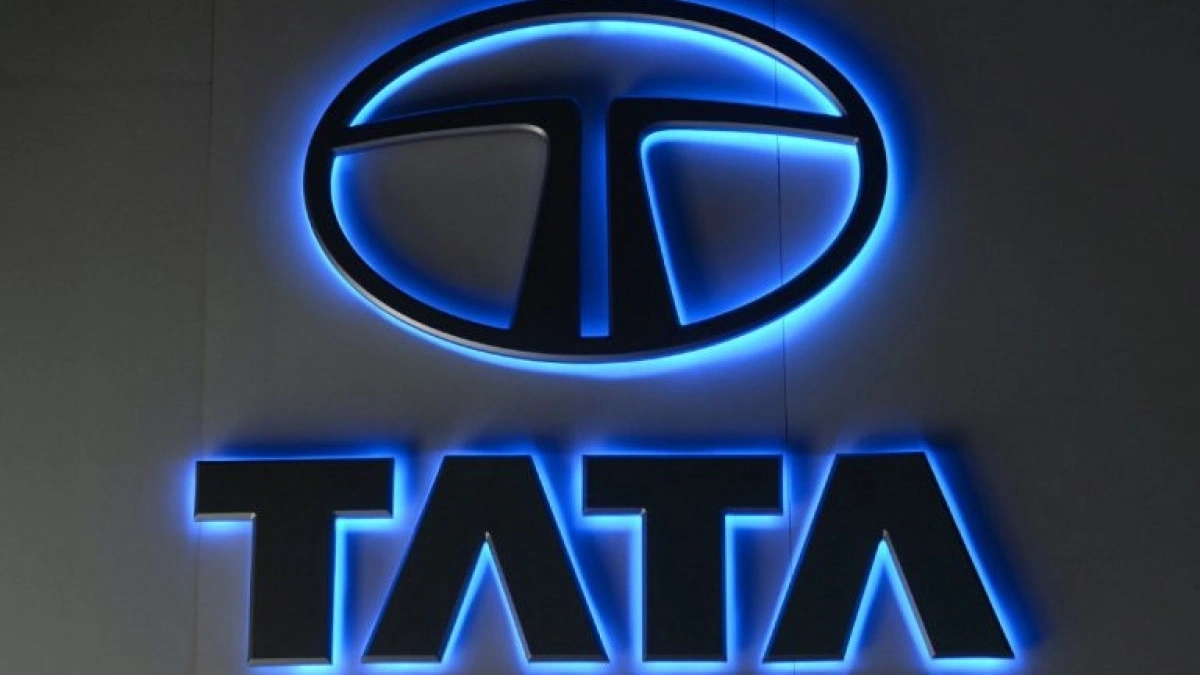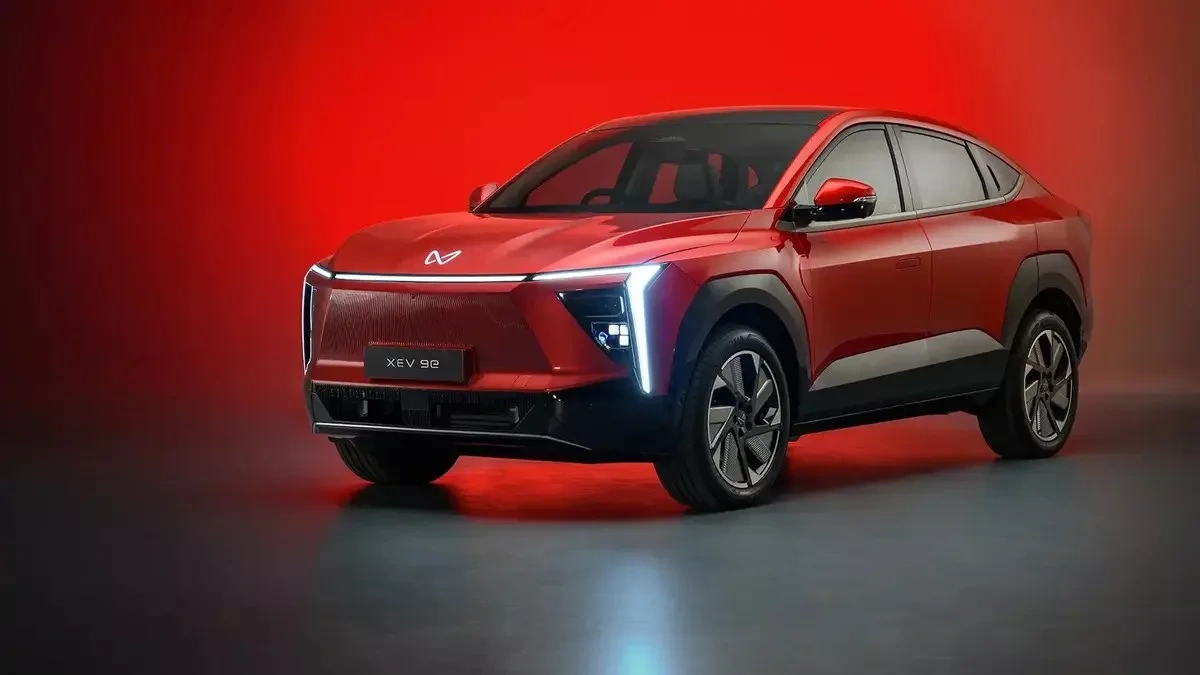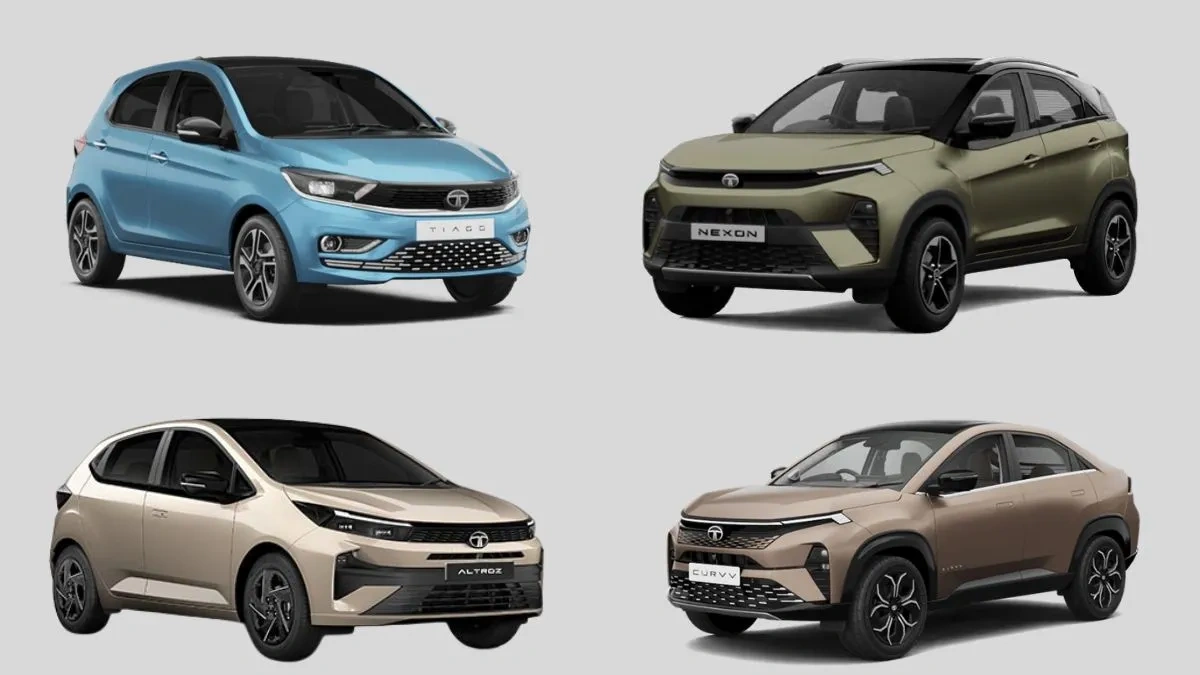Behind the Wheel: Why Tata Motors is More Than Just Cars
Tata Motors . The name probably conjures up images of cars zipping down Indian highways, or perhaps the iconic Tata Nano. But here’s the thing: there’s a whole universe of fascinating stories, strategic decisions, and, frankly, a bit of drama, swirling around this automotive giant. We’re not just talking about metal and machines; we’re talking about India’s economic journey and the aspirations of millions. So, buckle up – we’re diving deep.
Thank you for reading this post, don't forget to subscribe!A Legacy Forged in Steel – and Nation Building
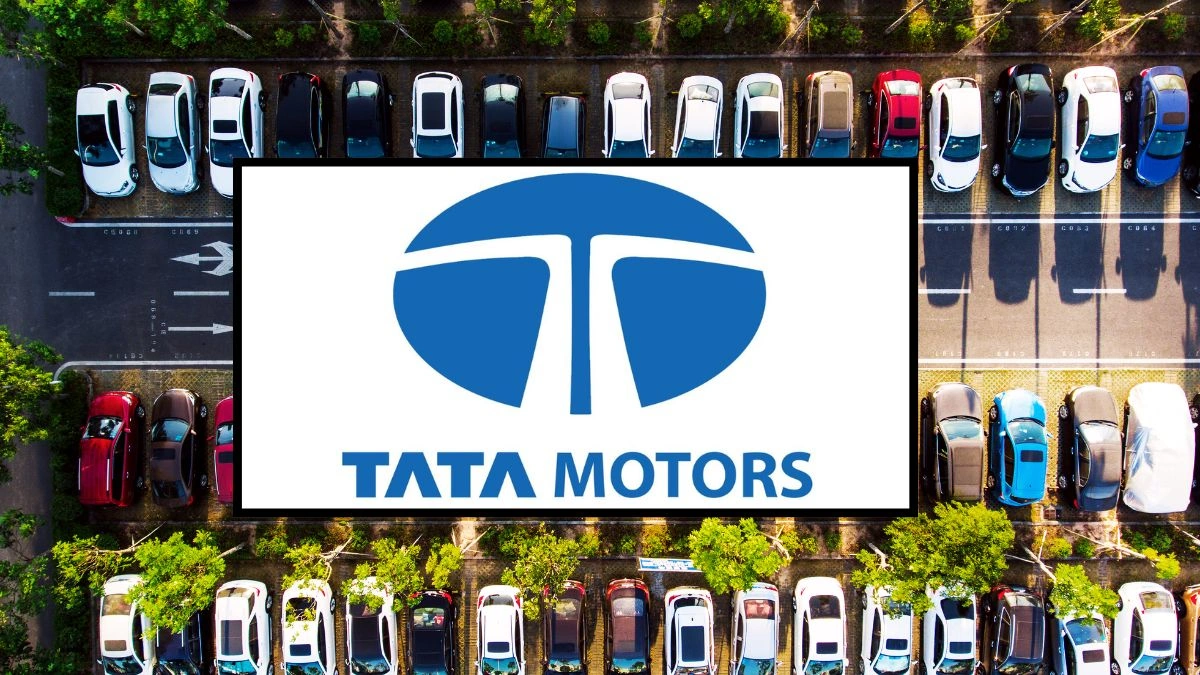
Most folks know about Tata’s cars, but did you know the group’s roots are in steel? Jamshedji Tata, the visionary founder, started it all way back in the 19th century. This isn’t just history; it’s crucial to understanding Tata Motors’ DNA. The group has always been about more than just profit; it’s about contributing to India’s growth. And that’s why, even when facing tough times, Tata Motors has often made decisions that prioritize long-term impact over short-term gains. Think about it – that’s a bold move in today’s cutthroat business world.
But, how exactly does Tata Motors contribute to nation-building? Well, by creating jobs, innovating in manufacturing, and pushing the boundaries of what’s possible in the Indian automotive sector.
The Jaguar Land Rover Gamble | A Masterstroke or a Misfire?
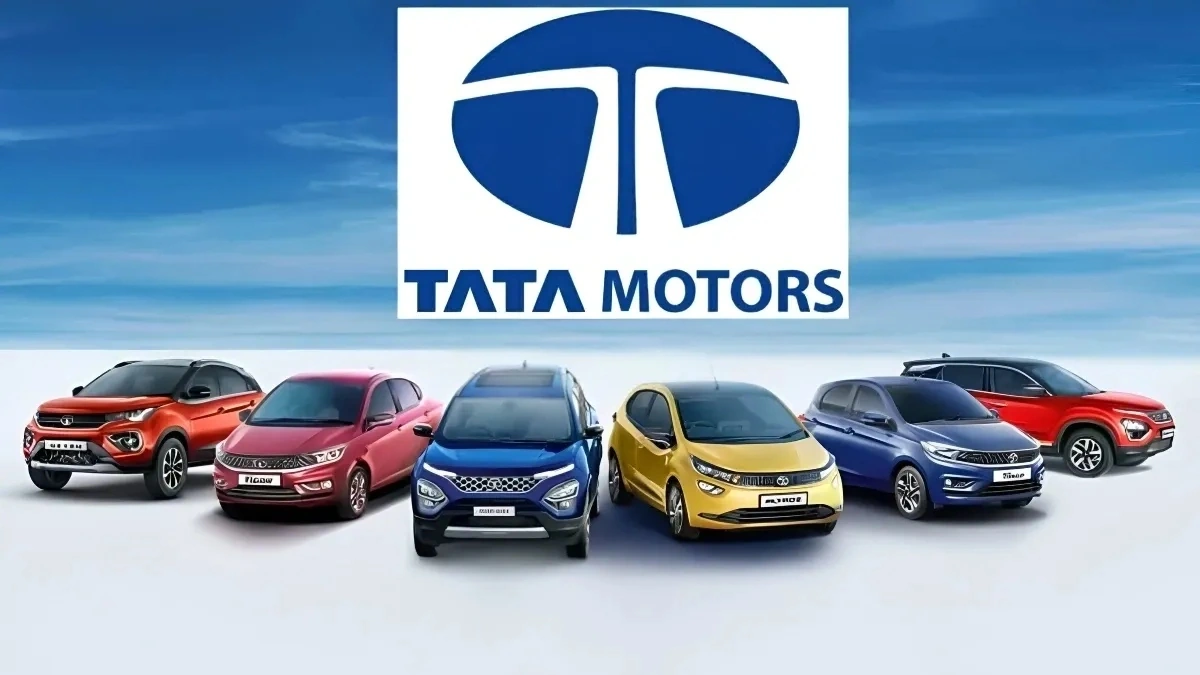
Okay, let’s address the elephant in the room. The acquisition of Jaguar Land Rover (JLR) in 2008. It was a HUGE deal. Some called it a stroke of genius, others, a recipe for disaster. A common mistake I see people make is underestimating the sheer scale of this move.
Here’s the thing: JLR was bleeding money when Tata Motors stepped in. But Tata saw potential – a chance to acquire world-class technology, design expertise, and a global brand presence. It was a risky bet, no doubt. But it paid off, big time. JLR became a cash cow for Tata Motors, fueling its growth and innovation in the Indian market. But then, challenges arose.
Fluctuations in the global economy, changing consumer preferences (hello, electric vehicles!), and Brexit-related uncertainties have all thrown curveballs. I initially thought this was straightforward, but then I realized it was a combination of events that would change the course of Tata Motors.
So, what’s the takeaway? The JLR acquisition proves that Tata Motors is not afraid to take calculated risks. But it also highlights the importance of adaptability in a rapidly changing world. A fascinating case study in business strategy, if you ask me. As of the latest report , Tata Motors continues to drive profitability and improve their performance.
The Electric Revolution | Tata Motors’ Charge into the Future
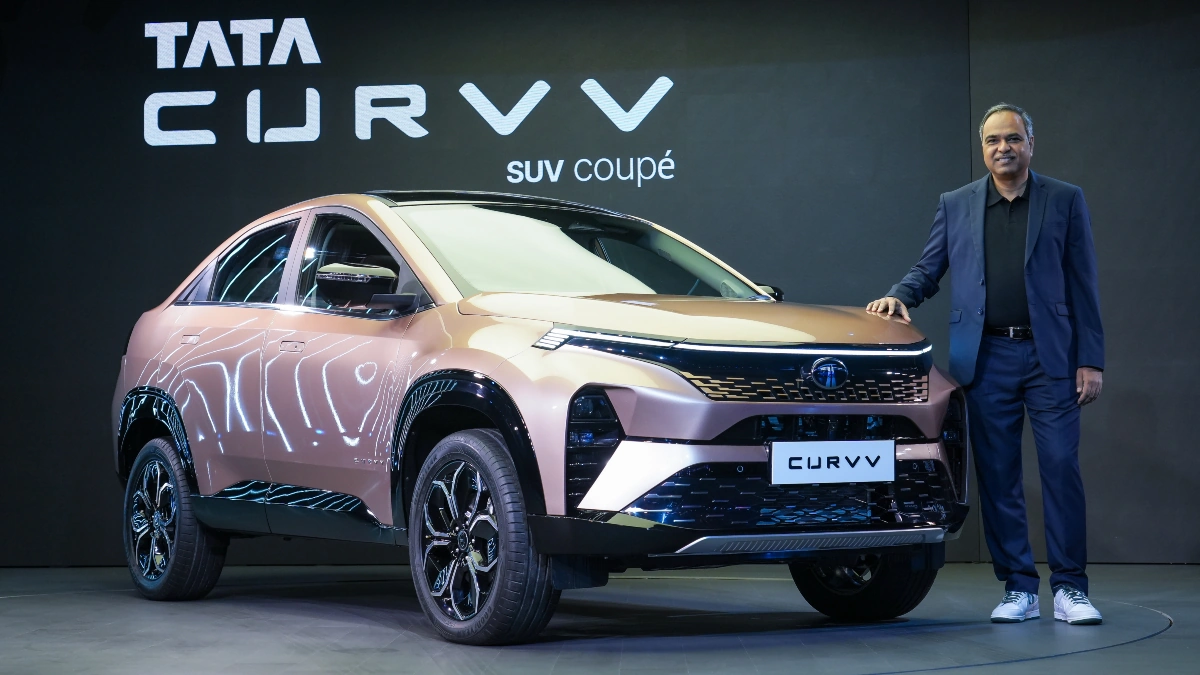
Now, let’s talk about the future. And the future, my friends, is electric. Tata Motors is making a big push into the electric vehicle (EV) market in India. And they’re not just dipping their toes in the water; they’re diving headfirst. The Nexon EV, for example, has been a game-changer, proving that EVs can be affordable, practical, and, yes, even desirable for Indian consumers.
But here’s why this is important: India’s EV market is poised for explosive growth, and Tata Motors is positioning itself to be a leader in this space. This isn’t just about selling cars; it’s about contributing to a cleaner, more sustainable future for India. Think of the long-term implications – reduced pollution, lower fuel costs, and a boost to India’s manufacturing capabilities. Pretty cool, right?
But, and it’s a big but, the transition to EVs isn’t without its challenges. The lack of charging infrastructure, high battery costs, and range anxiety are all hurdles that need to be overcome. But Tata Motors is investing heavily in addressing these challenges, partnering with companies to build charging networks and developing more advanced battery technology. So, you see electric vehicles will become more and more popular in the future.
What fascinates me is how Tata Motors is trying to build a whole ecosystem around EVs, offering not just cars but also charging solutions, financing options, and after-sales service. This holistic approach could be a key differentiator in the long run. For more information on Tata Motors EV strategy , visit Wikipedia .
Beyond the Hype | The Real Challenges and Opportunities
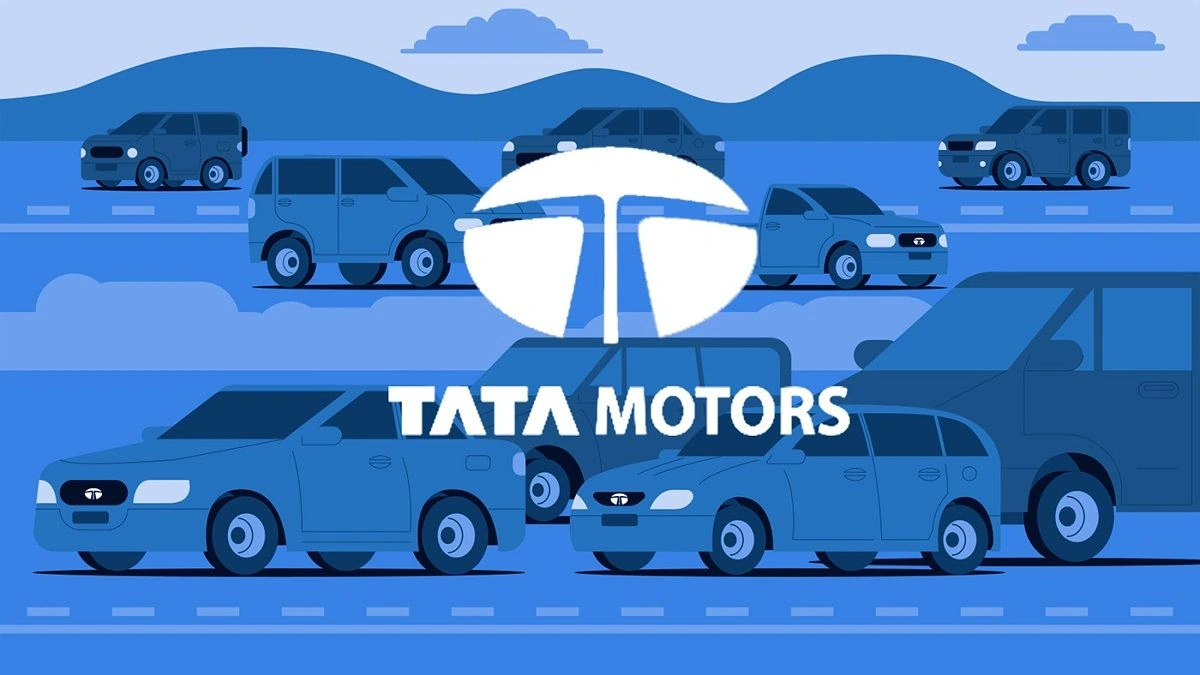
Let’s be honest, it’s not all sunshine and rainbows. Tata Motors faces some serious challenges. Competition is fierce, with global automakers vying for a piece of the Indian market. And then there’s the ever-present pressure to innovate and stay ahead of the curve.
But here’s the thing: Tata Motors has a few key advantages. First, it has a deep understanding of the Indian market, its consumers, and its unique challenges. Second, it has a strong brand reputation, built on trust and reliability. And third, it has the backing of the Tata Group, a conglomerate with vast resources and a long-term vision.
A common mistake I see people make is underestimating the power of brand loyalty. In India, the Tata name carries a lot of weight, and that gives Tata Motors a significant edge.
The company continues to implement plans to improve its long term goals . But the true opportunity lies in embracing new technologies, forging strategic partnerships, and expanding into new markets. The one thing you absolutely must double-check is that Tata is on a path to growth.
And that, my friends, is why Tata Motors is more than just cars. It’s a story of ambition, innovation, and a commitment to building a better India. It’s a story that’s still being written, and I, for one, can’t wait to see what happens next.
FAQs about Tata Motors
Is Tata Motors an Indian company?
Yes, Tata Motors is an Indian multinational automotive manufacturing company headquartered in Mumbai, Maharashtra, India.
What types of vehicles does Tata Motors manufacture?
Tata Motors manufactures a wide range of vehicles, including passenger cars, trucks, buses, and defense vehicles.
What is Tata Motors’ strategy for electric vehicles?
Tata Motors is heavily investing in the development and production of electric vehicles, with plans to launch several new EV models in the coming years.
What are some of the challenges facing Tata Motors?
Some of the challenges facing Tata Motors include intense competition, fluctuating global markets, and the need to adapt to changing consumer preferences.
In conclusion, as per NSE Holidays , one thing remains certain: Tata Motors is a company to watch. And you can also view recent GDP growth rate to see its impact.
